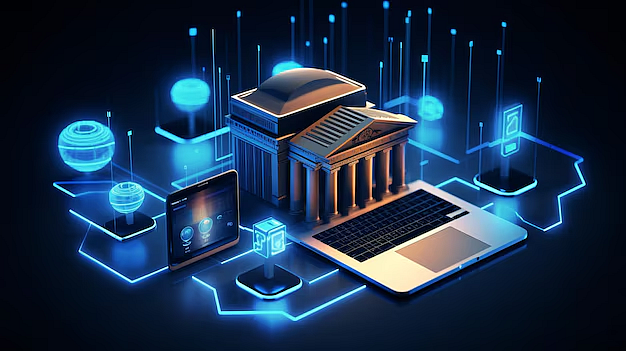The Financial Divide: A Never-Ending Barrier
For decades, financial exclusion has kept millions of people around the world from accessing basic banking services. Traditional financial institutions are bound by strict regulatory frameworks. They require identity verification, credit history, and often even physical presence at a branch. This situation leaves huge populations—especially in developing areas—without access to savings, loans, or investment opportunities.
Enter: decentralized finance (DeFi), the magical spell for bridging that gap in providing borderless, permissionless financial services. But does it really deliver on that promise, or is it merely another such technological fantasy that ends up disappointing those who need it most?
The Promise of DeFi: A New Financial Era
The essential principle of DeFi seems quite simple: to get rid of intermediaries, and through this, ensure that financial services can be accessed directly by people through decentralized platforms. In theory, it would empower the unbanked further by removing barriers such as credit checks, high fees, and dependency on banking infrastructure.
DeFi platforms work on the principle of decentralized systems based on blockchain technology, and unlike traditional centralized institutions of banking, DeFi has employed financial transactions thereby aiding transparent, secure, and remotely accessible transactions. With an internet-connected smartphone, people find it easy to save, borrow, lend or invest without the need for a bank account.
This evolving paradigm makes for an alluring option for people inhabiting regions in which financial institutions are scarce or untrustworthy. Realistically, while the idea is revolutionary, practicality comes invaded by challenges.
Barriers to True Financial Inclusion
Notwithstanding the theorem and possibility of DeFi, some of the major barriers to its mass adoption by the unbanked remain. Accessibility remains the key issue. Though comparatively, smartphones and internet usage are enhancing throughout the world, many financially excluded individuals still lack the basic tools of technology to take on DeFi platforms.
Beyond that, the complexity of DeFi applications can be a hurdle. Most of these platforms need a rough understanding of digital wallets, private keys, and the security involved. Unless educated, new users run a high risk of losing funds to scams, hacks, or basic user errors. Human intervention can block further losses after a certain time period.
Another significant challenge is that of volatility and regulation. While traditional banks have government-backed guarantees for stability, DeFi is mostly operating in an unregulated environment. With no regulatory oversight, users can be suddenly vulnerable to platform instability, cyber-attacks, and untrustworthy service providers.
Banking the Unbanked: Is DeFi Really Going to Do It?
Although DeFi hasn't yet solved all its challenges, there were some signs that it was making progress. Innovations are already on their way to making decentralized platforms user-friendly with an interface for both nontechnical individuals and multilingual support, as well as educational initiatives meant to bring them on board.
On top of that, hybrid models that put together some of DeFi with the traditional banking infrastructure have gained momentum. Such solutions take advantage of decentralized technology while bringing in regulatory safeguards, thereby closing the trust gap with first-time users.
In order for DeFi to make the shift from a very promising concept to a very real potential agent of financial inclusion, the platform should prioritize accessibility, education, and security. If and until these barriers are addressed, DeFi will remain in the experimental phase, rather than a full-blown banking revolution for the unbanked.
Conclusion: Hope or Hype?
DeFi banking the unbanked is neither entirely fictitious nor actual. It has enough potential but also certain challenges ahead of it to make it into a real mainstream solution. Thus, whether or not DeFi could actually close the financial gaps will depend on how it evolves to cater to the needful. In any case, it is indeed a grand vision that, if honed and responsibly pulled off, will turn out to effectuate a positive change in the global financial landscape.














